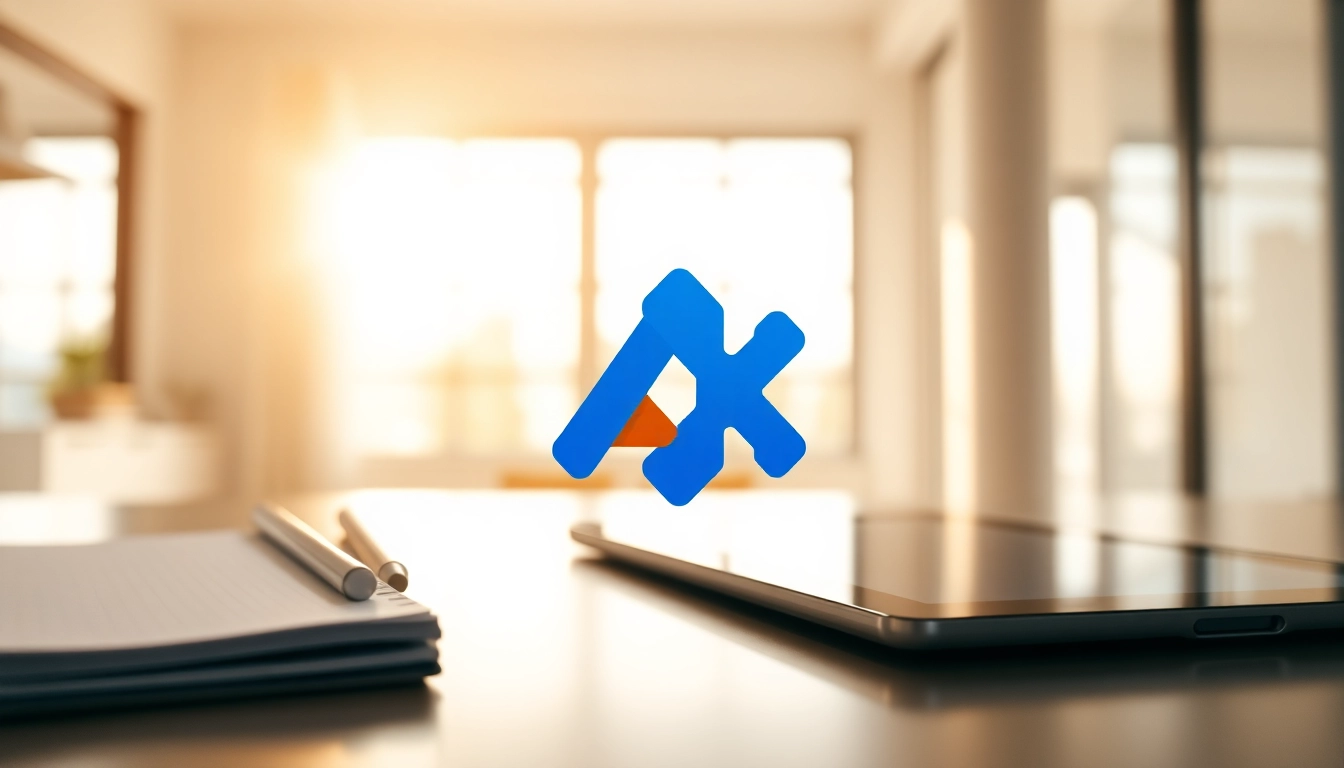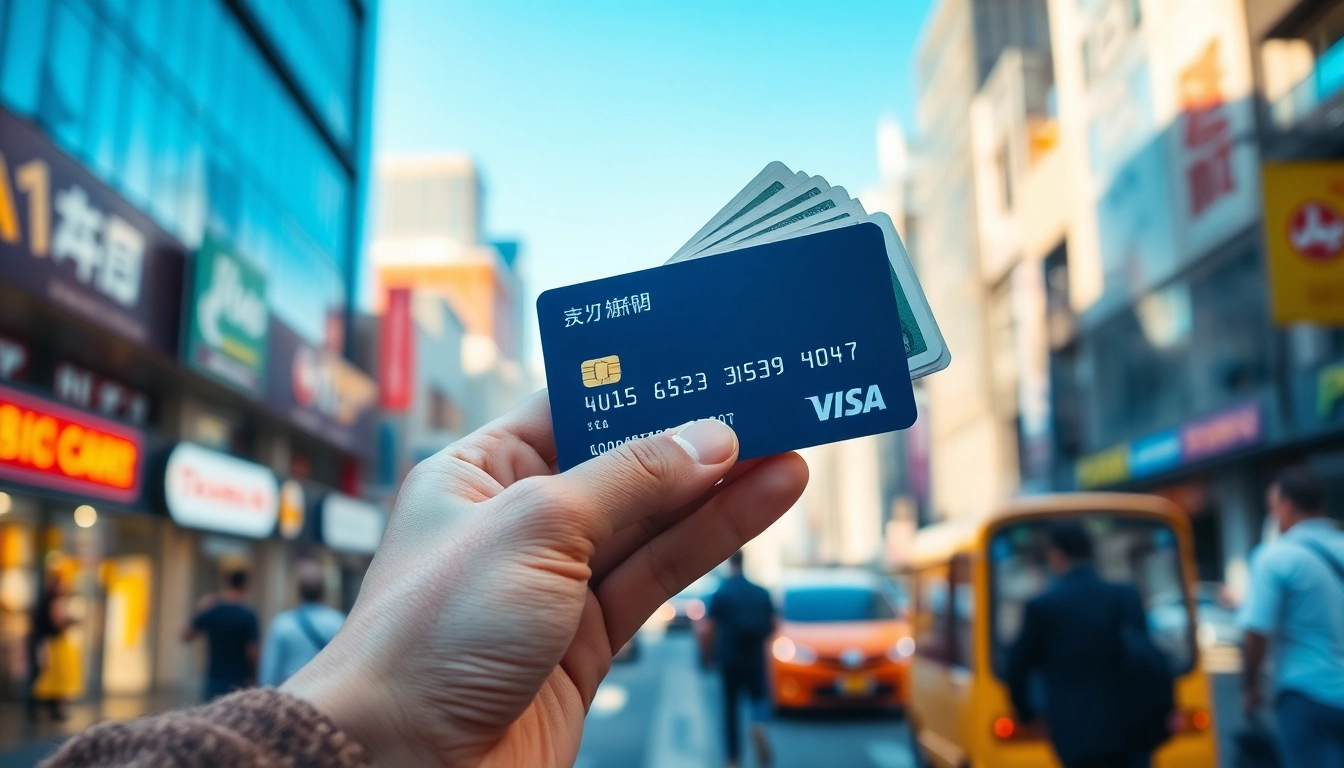Understanding Custom AI Logo Design
What is Custom AI Logo Design?
Custom AI logo design refers to the process of utilizing artificial intelligence technologies to create unique and personalized logos that reflect a brand’s identity. Unlike traditional logo design, which often involves manual creation by graphic designers, AI-driven tools can rapidly generate design options based on user inputs such as company name, industry, and preferred styles.
These intelligent tools leverage advanced algorithms to analyze vast databases of design elements, color schemes, and typography, allowing them to provide unique logo designs tailored to specific brand requirements. Whether you’re launching a new business or rebranding an existing one, custom AI logo design can streamline the creative process, enhance originality, and ensure that the final logo resonates with target audiences.
Benefits of Using AI for Logo Creation
The advantages of custom AI logo design are noteworthy. Firstly, speed is a major factor; AI tools can generate multiple logo options within minutes, saving valuable time for business owners who are often pressed for deadlines. Secondly, these tools significantly reduce costs compared to hiring a professional designer for original logo creation. This democratizes access to professional branding tools, allowing startups and small businesses to compete with larger firms.
Moreover, AI tools can provide designers with creative prompts and insights, ensuring they explore more innovative and varied design concepts than they might on their own. Additionally, they can help ensure that logos are adaptable and scalable, maintaining integrity across various applications—from business cards to digital platforms—due to their digital nature.
Key Features of Effective Logo Design
When employing custom AI logo design, it’s essential to consider key features that enhance the effectiveness of the logos produced. A well-designed logo is:
- Memorable: It should be simple yet distinct enough to stick in the audience’s mind.
- Relevant: It must align with the brand’s identity and messaging, reflecting the industry context and values.
- Versatile: The logo should work well in various formats, whether digital or print.
- Timeless: Striving for trends is tempting, but an effective logo should stand the test of time.
- Color and Typography: Choosing the right color palette and typography can evoke the desired emotional response and enhance brand recognition.
Integrating these features into the logo design process enhances brand identity and resonance with target consumers, driving better engagement and conversion rates.
Choosing the Right AI Tool for Your Logo
Top AI Logo Design Tools Compared
Navigating the landscape of AI logo design tools can initially seem overwhelming due to the plethora of options available. However, selecting the right tool can make a significant difference in the design outcome:
| Tool Name | Features | Cost |
|---|---|---|
| Canva | Easy drag-and-drop interface, a vast library of templates, and customization options. | Free with premium features available. |
| LogoAI | Instant logo creation, style selection, and AI recommendations based on user input. | Free version with premium options starting at $39. |
| Looka | Multiple design variations, brand kit creation, and social media templates. | Starting at $20 for basic logos. |
| LogoMakr | Customizable editing features, extensive graphics library, and intuitive interface. | Free with credit options for high-resolution downloads. |
| Brandmark | AI-generated suggestions, customizable color schemes, and professional branding resources. | Single logo for $29, packages for complete branding. |
Every tool offers distinct capabilities that cater to varying needs, whether it’s complexity, cost, or user-friendliness.
Features to Look for in an AI Logo Generator
When selecting an AI logo generator, consider the following features to ensure you achieve the best results for your custom design:
- Customizability: Look for tools that allow personalization of designs—colors, shapes, and typography should be easily adjustable.
- Template Variety: A wide range of templates caters to different industries and styles, ensuring you find a fitting match for your branding.
- Export Options: Check for flexibility in output formats (like SVG, PNG, JPEG) suitable for both print and web use.
- User Support: Look for platforms that provide assistance, tutorials, or communities to help you maximize tool functionalities.
- Quality of AI Design: Test the quality by reviewing the generator’s outputs; some offer trial versions to experiment without commitment.
User Experience: Starting Steps for Designers
Beginning the logo design process using AI can be straightforward. Here’s a quick guideline:
- Define Your Brand: Understand your brand’s values, mission, and target audience.
- Choose an AI Tool: Select an AI logo tool that fits your needs based on previous evaluations.
- Input Brand Information: Enter your business name, tagline (if any), and select industry specifics that may aid the AI.
- Explore Generated Designs: Review the logos created by the AI; shortlist designs that resonate with your brand’s vision.
- Customization: Utilize the customization features to tweak colors, fonts, and layouts until you achieve the desired look.
- Finalize and Download: Once satisfied, finalize your design and download it in your preferred format.
Personalizing Your Custom AI Logo
Selecting Colors and Fonts
The selection of colors and fonts is crucial for the identity your logo communicates. Colors elicit emotional responses; for instance, blue often conveys trust and professionalism, while red can signify passion and energy. Similarly, font choice affects readability and tone—the right mix can exude modernity, creativity, or traditionalism.
A helpful practice is to create a mood board that includes color swatches, font pairings, and design inspiration prior to starting your designs. Tools like Adobe Color or Coolors can assist in generating harmonious color schemes. Additionally, various font pairing websites can guide you in choosing complementing styles that enhance your logo’s clarity and appeal.
Incorporating Brand Values into Your Design
Your logo should encapsulate the essence of your brand’s values. Think about what your business stands for—sustainability, innovation, customer focus, etc.—and find design elements that encapsulate these ideals. This might include using eco-friendly colors for a company focused on sustainability or geometric shapes to signify modernity and stability.
Ask yourself how you want your audience to perceive your brand. Conducting surveys or collecting feedback can provide insights into how effectively your logo communicates these values. Additionally, review competitors’ designs to identify gaps in the marketplace that your logo can fill.
Ensuring Versatility and Scalability of Designs
One of the fundamental principles of logo design is versatility. Your logo should be effective across various platforms and mediums, from digital profiles and websites to print materials and merchandise. This begins with designing in a vector format, enabling resizing without loss of quality.
A good practice is to create different logo variations: a full-color version, a monochrome version, and an icon-only format. This will guarantee that your brand remains recognizable in different scenarios. Conduct tests by printing your logo at different sizes or using it in different applications to confirm its effectiveness.
Common Challenges in AI Logo Design
Overcoming AI Limitations in Creations
While AI logo generators are powerful, they possess limitations. They might produce outputs that feel too generic or lack personal touches that a human designer could inject. To overcome this, it’s crucial to provide comprehensive information at the outset, define your design preferences clearly, and be prepared to make post-generation adjustments.
For instance, if the AI doesn’t strike the right balance in color combinations or typographic choices, take the generated logos as a foundation and further refine them using graphic design software. This combination of AI efficiency with human creativity often yields the best outcomes.
Adapting Designs for Different Platforms and Uses
Each platform may require different aspects of your logo to be prioritized based on context. A social media avatar often needs a simplified logo that is easily recognizable in small sizes, while print materials allow for more detail and color.
By optimizing your logo’s scalability and testing it in various contexts (like social media posts, letterheads, and promotional materials), you can identify the best practices for showcasing your brand across different channels effectively. Consider your audience’s viewing circumstances and adapt your designs accordingly to ensure brand consistency.
Avoiding Generic Outputs: Tips for Originality
A significant challenge is ensuring originality when using AI tools, which might rely on prevalent design trends. To combat this, you can:
- Refine Your Inputs: Provide diverse and specific prompts to inspire the AI to produce unique designs.
- Combine Elements: Don’t just settle for one design; mix and match aspects of various logos generated to create something distinctly yours.
- Limit AI Dependency: Use AI-generated logos as rough drafts; follow up with your own creative elements to elevate the design.
Measuring the Impact of Your Logo Design
Gathering Feedback: What Metrics Matter?
Once your logo is live, measuring its impact on brand recognition and customer perception is crucial. Utilize tools like Google Analytics, social media insights, and surveys to gather data on user interaction with your brand and logo.
Look for metrics such as increases in website traffic, social media engagement levels, and feedback from brand awareness campaigns. Measure how often your logo appears in user-generated content, and track customer sentiment through reviews and comments.
Making Iterative Improvements Based on Audience Response
Using the feedback gathered, identify areas for improvement. If certain elements of your logo consistently receive negative feedback or are less recognized, consider revising those features. Iterative improvements can help ensure your branding stays relevant and effective.
Engagement can also require evolving your logo over time. Brands such as Starbucks and Apple have made subtle adjustments to their logos as their identities evolved, signifying growth and adaptation in the marketplace. Your logo might benefit from similar periodic updates.
Long-term Brand Recognition and Loyalty Factors
Finally, an effective logo should foster brand loyalty by creating an emotional connection with customers. The logo must reflect trust, quality, and the core values of your business; it acts as a visual representation that customers associate with their experiences.
Maintain consistency in usage across all marketing materials, align your branding strategy with customer expectations, and ensure your logo adapits subtly to reflect any shifts in your branding strategy without losing its original core identity. Over time, these factors contribute to long-standing customer loyalty and recognition.



